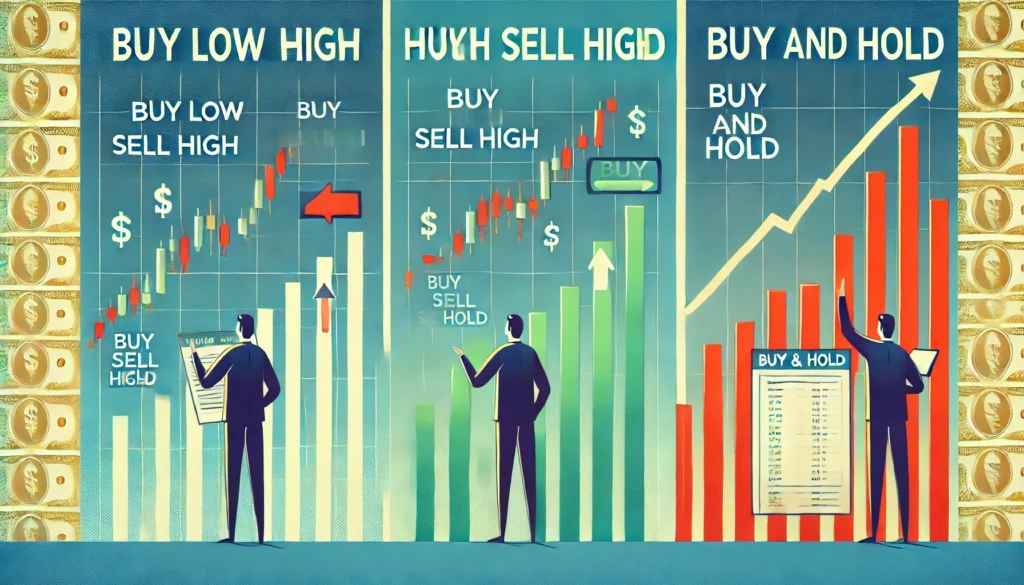Long vs Short: Why These Strategies Dominate Market Headlines
February 1, 2025

Long vs Short: Why It Matters in Today’s Market
Long vs short strategies are once again in the spotlight as markets swing on mixed economic data and investor uncertainty. These two opposing positions—betting for or against a financial asset—remain at the core of how many investors respond to volatility. In recent sessions, sharp rallies and steep corrections have underscored the growing importance of understanding both approaches.


Going Long: A Vote of Confidence in Growth
Taking a long position reflects optimism—investors expect the asset’s value to rise over time. In practice, going long is straightforward: buy low, hold, and sell high. It’s the traditional approach and still the most widely used, especially among retail investors.
Analysts note that despite ongoing inflation concerns, long positions in certain sectors like tech and energy have seen renewed strength, pointing to investor belief in long-term recovery.

Going Short: A Defensive Play Against Declines
Short selling offers a mechanism to profit from falling prices, and it often spikes in popularity during bearish sentiment or specific stock sell-offs. The strategy involves borrowing shares, selling them, and later repurchasing at a lower price to return to the lender.
While potentially lucrative, it comes with higher risk—if the stock price rises instead of falls, losses can be theoretically unlimited. This risk hasn’t stopped institutional players from deploying shorts aggressively, especially in overvalued sectors.

Long vs Short: A Strategic Balance in Volatile Times
Professional investors often use a mix of long vs short positions to hedge their portfolios. This balanced approach helps mitigate losses during unpredictable market moves. For instance, a hedge fund may go long on stable consumer goods stocks while shorting speculative tech names.
It’s a way to protect gains, maintain exposure, and minimize downside—especially in sideways or choppy markets.

Understanding the Implications Before You Act
Knowing when and how to apply long vs short tactics is essential, but experts caution against jumping in without a plan. Retail investors, in particular, are urged to grasp not just the mechanics, but also the broader market context before acting. Long positions offer simplicity and lower risk, while shorts demand tighter timing and stronger risk controls.
Regardless of which side you play, clarity on both helps interpret market movement—and anticipate the motives of those moving it.

Relevant news: here

